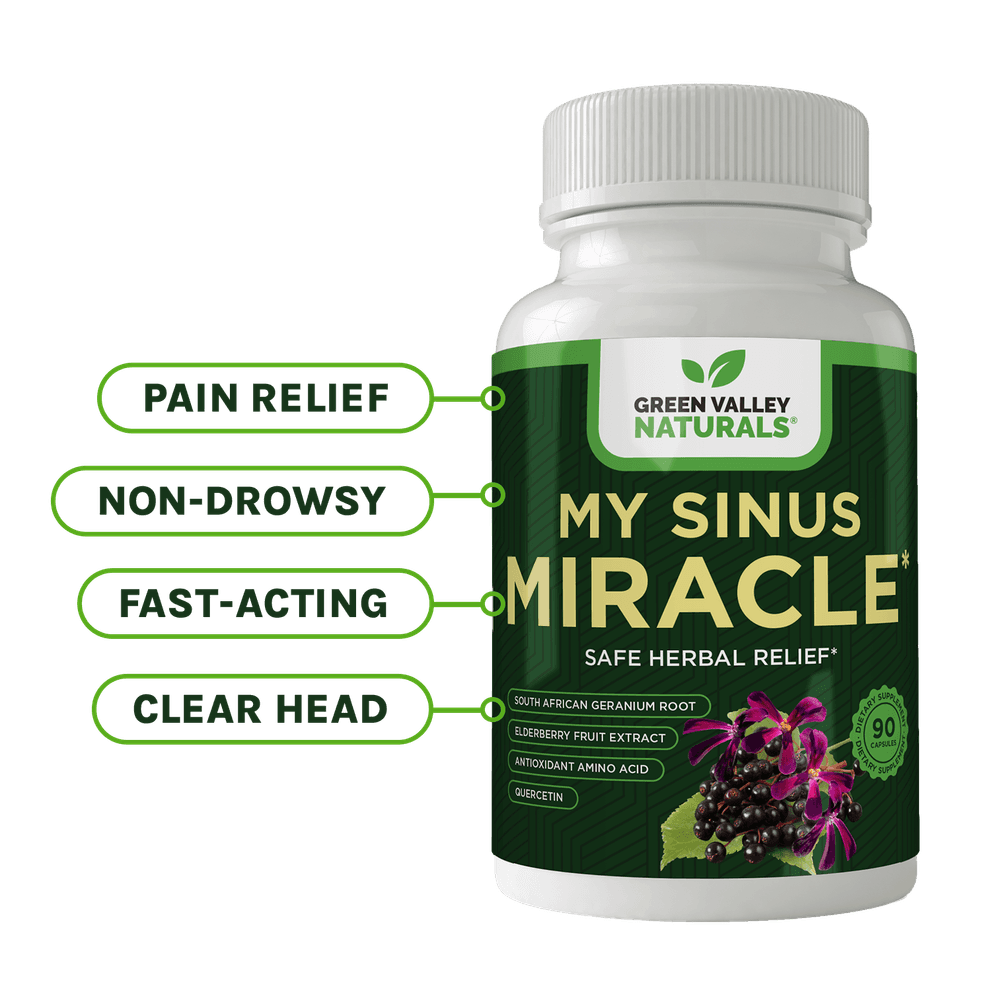
There’s More to Turmeric Than Curcumin
When it comes to the benefits of turmeric, you have to keep in mind that in Ayurvedic Medicine (the traditional medical practice in India), turmeric is consumed as a whole herb, not a lab-concocted, isolated compound. In India, turmeric for use as a medicine is usually prepared as tea or in ghee (clarified butter).2 You also have to remember there are plenty of other compounds in turmeric that are great for health. For example, a study in Germany shows that a natural substance in turmeric called aromatic turmerone has the potential to help prevent or even treat Alzheimer’s disease. In these tests, researchers found that this biochemical can boost the activity of stem cells in the brain and aid the regeneration of neurons.3 The German scientists point out that other tests of aromatic turmerone have shown it can also stop brain inflammation by hampering the harmful over-activity of microglia, immune cells that roam the brain.4 So no doubt there was more than just curcumin involved when researchers in China found they could improve working memory by adding one gram of whole turmeric to the breakfasts of people over the age of 60 (and this was a double-blind, placebo controlled study).5 In another placebo-controlled trial, researchers showed that giving curcumin along with pepper to people with type 2 diabetes helped fight oxidative stress and could possibly enhance heart health and fight against the complications of diabetes.6 The addition of pepper is believed to help the body’s absorption of curcumin.Ancient Doctors Knew Something
Another fact in turmeric’s favor is its use in Indian and Chinese medicine for thousands of years. All that clinical, real-life experience has some value as evidence. According to these traditions, turmeric is good for fighting inflammation, purifying the blood, stimulating digestion, easing joint pain, detoxifying the liver and healing wounds on the skin. So while researchers continue to argue over how best to study turmeric and the bioactive substances it contains, that doesn’t mean we shouldn’t put this venerable herb to work improving our health. It’s known that turmeric takes a while to be effective – months, for some people. It’s not a quick fix as in “Take two and you’ll feel better in an hour.” It’s a mild anti-inflammatory, but it’s safe, and can be used day after day, week after week, year after year. If you do that, you’ll feel the effects of its gentle magic steal over you. In alternative medicine, one of the hardest things is to persuade people to have patience, so used to instant results are we. You don’t heal by eating right for a week. You heal by eating right for years. And one of the most common comments we get here at Green Valley is, “I didn’t think much about it, then I just noticed one day I didn’t have pain anymore.” Pain is a good thing to NOT have on your mind!- http://pubs.acs.org/doi/pdf/10.1021/acs.jmedchem.6b00975
- https://drnibber.com/curcumin-under-fire-the-root-of-the-problem/
- http://stemcellres.biomedcentral.com/articles/10.1186/scrt500
- https://www.ncbi.nlm.nih.gov/pubmed/24680995
- http://apjcn.nhri.org.tw/server/APJCN/23/4/581.pdf
- https://www.ncbi.nlm.nih.gov/pubmed/?term=10.1007%2Fs10787-016-0301-4

